Expansion of the Food and Beverage Sector
The Bio Vanillin Market is poised for growth, largely due to the expansion of the food and beverage sector. As this sector continues to evolve, there is a rising demand for innovative flavoring agents that can enhance product offerings. Bio vanillin, known for its natural flavor profile, is increasingly being utilized in various applications, from baked goods to beverages. Recent statistics suggest that the food and beverage industry is projected to grow at a rate of 4% annually, which bodes well for the bio vanillin market. This growth is likely to stimulate further investment in bio vanillin production, as manufacturers seek to capitalize on the expanding market opportunities and cater to the evolving tastes of consumers.
Rising Health Consciousness Among Consumers
Health consciousness is a significant driver influencing the Bio Vanillin Market. As consumers become more aware of the impact of their dietary choices on overall health, there is a marked shift towards products that contain natural ingredients. Bio vanillin, being a natural flavoring agent, is increasingly favored in formulations aimed at health-conscious consumers. Market Research Future indicates that products labeled as 'natural' or 'organic' are witnessing higher sales, with consumers actively seeking alternatives to artificial additives. This trend is likely to encourage manufacturers within the Bio Vanillin Market to reformulate existing products and develop new offerings that align with consumer preferences for health-oriented choices.
Sustainability Initiatives in Food Production
Sustainability has emerged as a pivotal driver within the Bio Vanillin Market, as both consumers and manufacturers prioritize environmentally friendly practices. The production of bio vanillin from renewable resources aligns with the broader movement towards sustainable food production. This shift is reflected in the increasing number of companies adopting sustainable sourcing practices and investing in eco-friendly production methods. Market data indicates that the demand for sustainably sourced ingredients is expected to rise, with a significant portion of consumers willing to pay a premium for products that are environmentally responsible. Consequently, businesses in the Bio Vanillin Market are likely to enhance their sustainability credentials, which may lead to increased market share and consumer loyalty.
Increasing Consumer Preference for Natural Flavors
The Bio Vanillin Market is experiencing a notable shift as consumers increasingly favor natural flavors over synthetic alternatives. This trend is driven by a growing awareness of health and wellness, leading to a demand for products perceived as safer and more wholesome. According to recent data, the market for natural flavors, including bio vanillin, is projected to grow at a compound annual growth rate of approximately 5.5% over the next few years. This consumer preference is not only influencing food and beverage manufacturers but also extending to the fragrance and cosmetics sectors, where natural ingredients are becoming a key selling point. As a result, companies within the Bio Vanillin Market are adapting their product lines to meet this demand, thereby enhancing their market presence and competitiveness.
Technological Advancements in Bio Vanillin Production
Technological advancements are playing a crucial role in shaping the Bio Vanillin Market. Innovations in production techniques, such as biotechnological methods for synthesizing bio vanillin, are enhancing efficiency and reducing costs. These advancements not only improve the yield of bio vanillin but also ensure a more sustainable production process. Recent developments in fermentation technology have shown promise in increasing the scalability of bio vanillin production, making it more accessible to manufacturers. As the industry embraces these technological innovations, it is likely to witness a surge in the availability of bio vanillin, thereby meeting the growing demand from various sectors, including food, cosmetics, and pharmaceuticals.


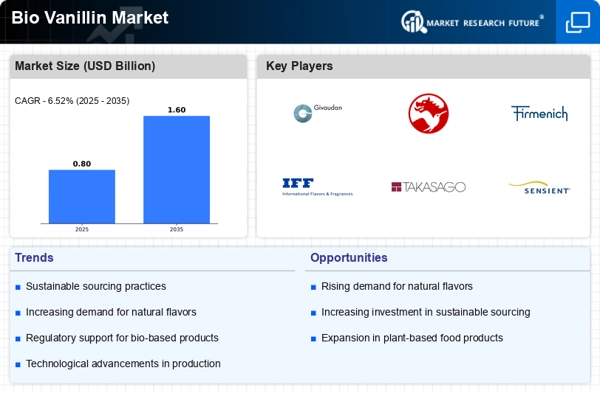

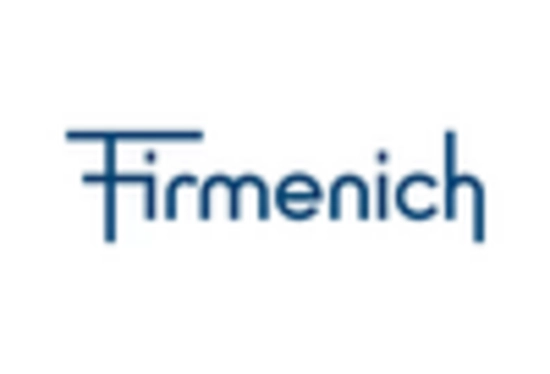
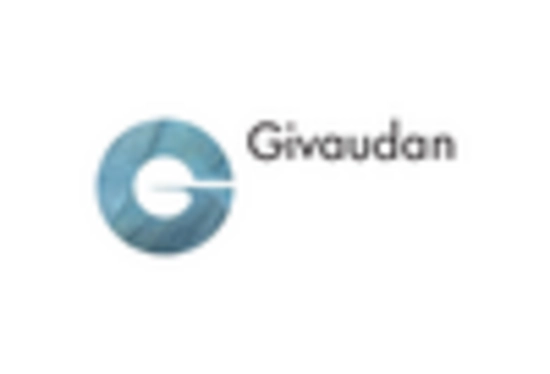


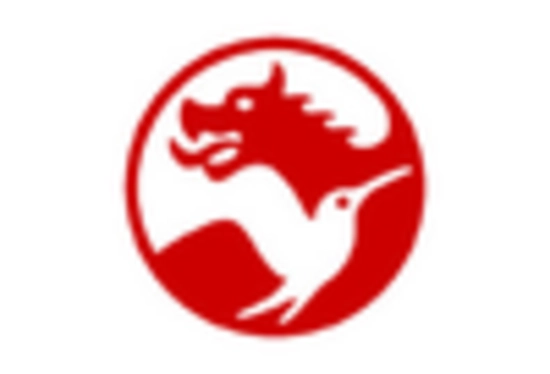
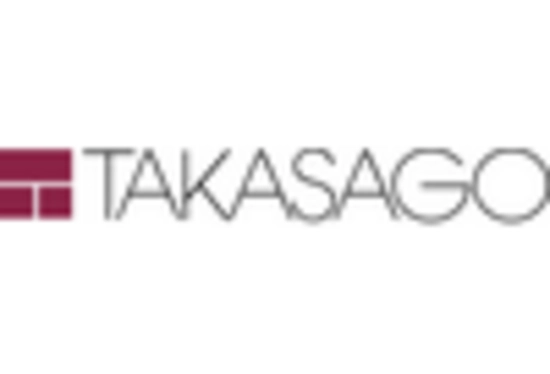








Leave a Comment